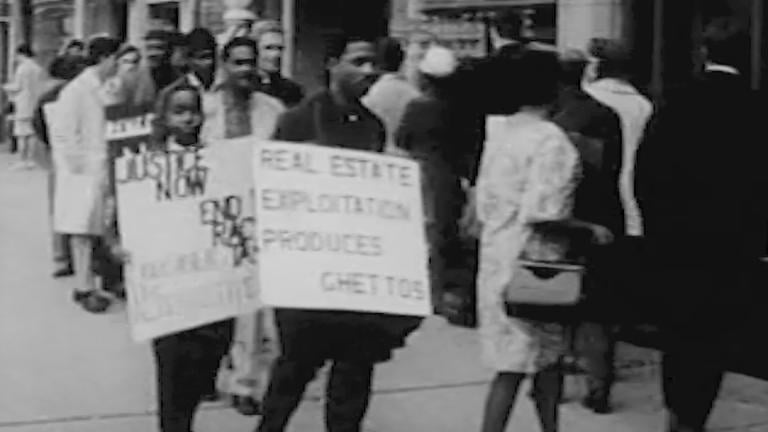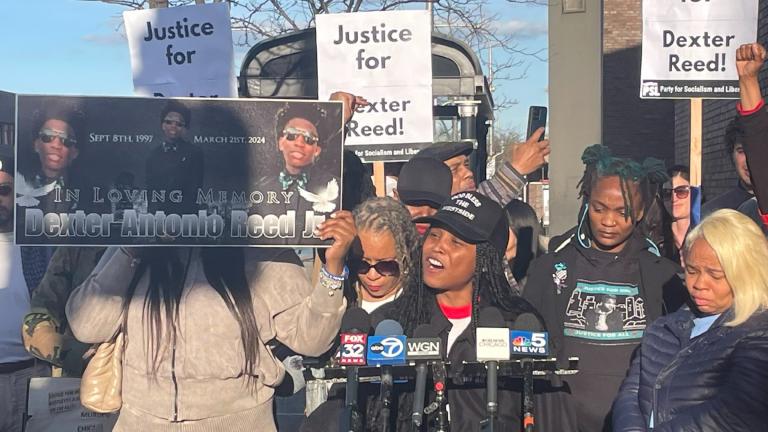The COVID-19 pandemic has magnified the pervasive racial disparities in America’s health care system — from coverage to treatment to outcomes — that exist for Black and Latino communities.
A 2017 study by the Center for American Progress concluded these disparities resulted from decades of inequality in not just our health care systems, but our economic and social systems. Dr. Brittani James, co-founder of The Institute for Antiracism in Medicine and assistant professor at the University of Illinois College of Medicine, says that while many people think of racism as simply a set of ideas and acts, it’s much more entrenched in society than the interpersonal.
“Racism and white supremacy mean that the people writing policy and making the rules in our society are largely straight, white men,” James said. “They create policy in their image. The lack of diverse leadership in our country means there is no one to account for their blind spots — and they have many — with devastating results.”
Dr. Jonathan Moreira, assistant professor at Northwestern University’s Feinberg School of Medicine, notes that language barriers can negatively affect outcomes, especially in immigrant communities.
“They really create an issue with regards to communication between providers be they physicians or nurses,” Moreira said. “I think it also causes an inhibition in failure to building trust between providers and patients. There’s a lack of understanding to adherence to medications or appointments, and I think that also spills over into cultural barriers to care.”
Dr. Tiosha Bailey, executive director of Susan G. Komen Chicago, says that when it comes to working against the issues of structural racism in health care, the biggest barrier is getting people and institutions to understand that there is a problem.
“How can you have a conversation about solutions when there is no acknowledgement that racism is not a problem of the past and never has gone away?” Said Bailey. “There’s also a perception about there being a ‘right or wrong’ way to address racism in this country—we will need to collectively find a way for all solutions to make their way to the decision-making table and create a mechanism for effectively vetting them and determining a pathway forward.”
Increased attention on what are called “social determinants of health” – the conditions in which people live, such as housing, transportation and food security – is a good start, but it’s not enough, says James.
“We need to be talking about how the larger pillars of oppression (racism, heteronormativity, patriarchy, ableism and others) shape the menu of choices people have in their lives, and ultimately, how these forces affect people’s health and well-being,” she said.








